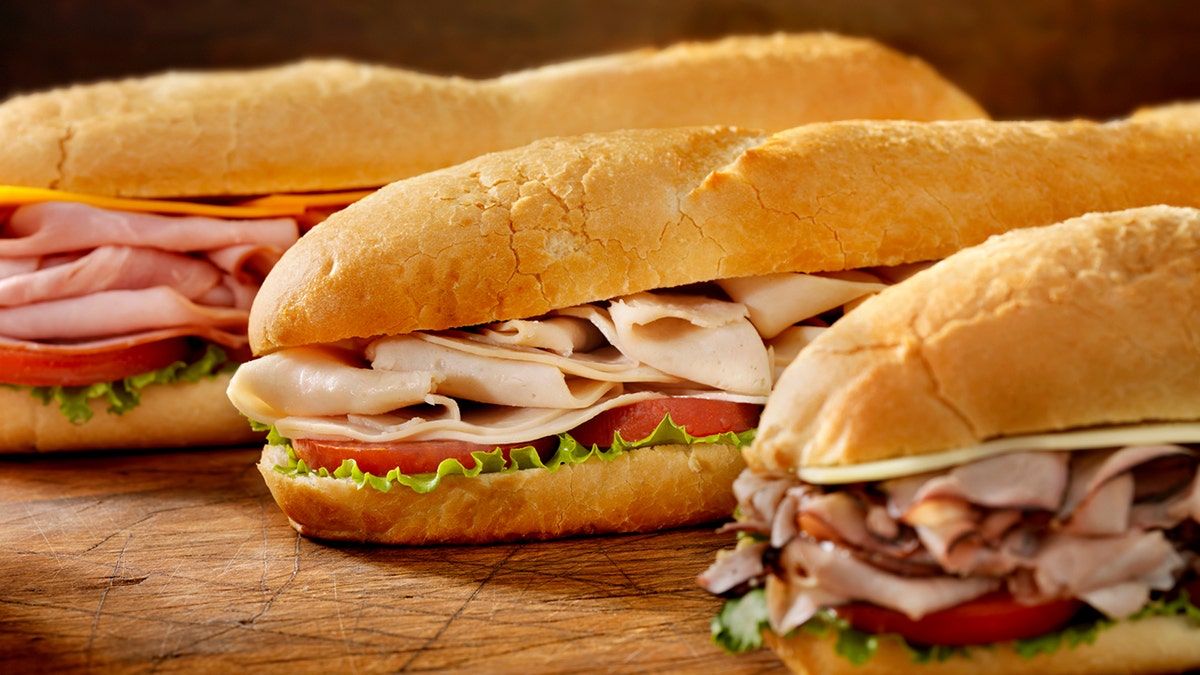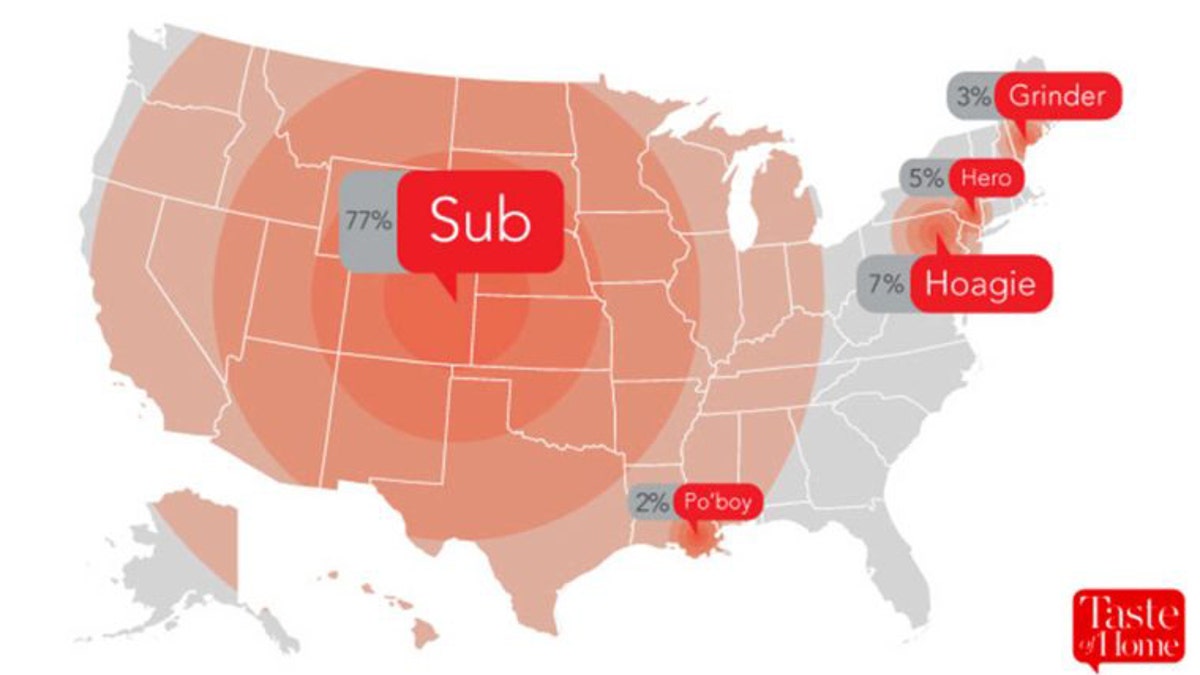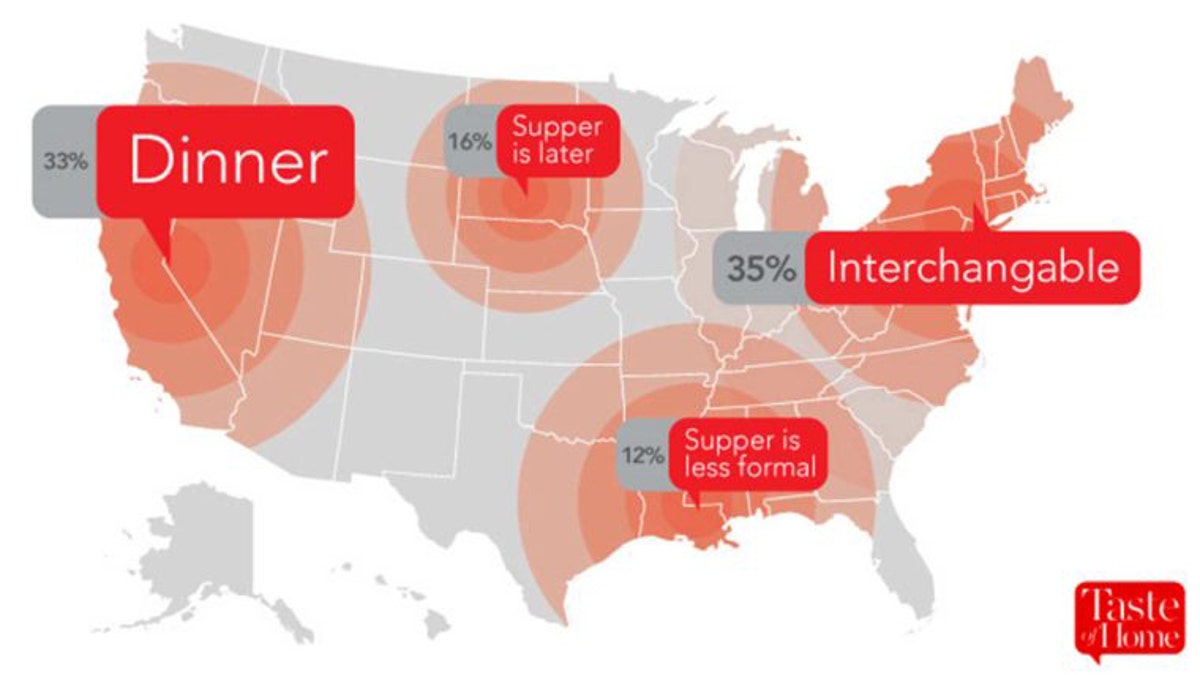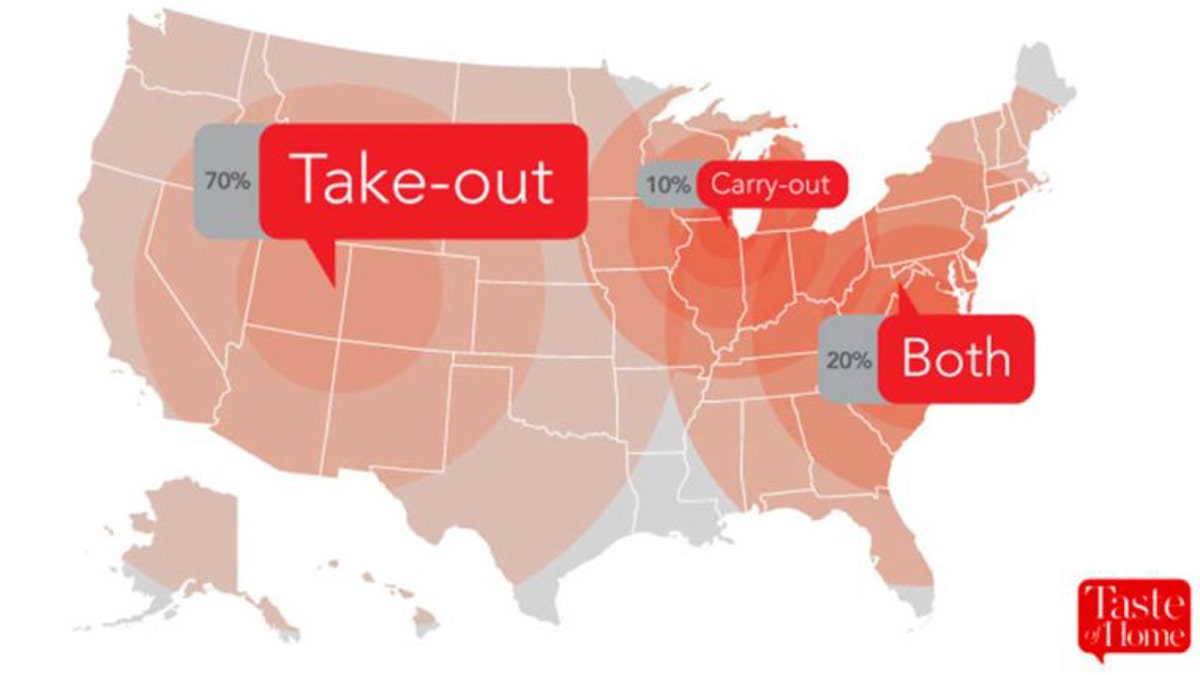
Depending on where you live, this might even be called a "hero" sandwich. (iStock)
When I'm thirsty at the office, I take a stroll over to the bubbler. What's that, you ask? A drinking fountain, of course — if you live in the Midwest, or more specifically, in Wisconsin.
Even as the Internet connects people more and more, we still have unique vocabularies depending on where we live in the U.S. And that's especially true when we're talking about food. What you call certain staple dishes says everything about where you grew up (or where you live now).
So can we guess where you're from based on these regional food words? Let's find out:
Pancakes, anyone?

(Emma Kumer/Taste of Home)
Most people call 'em pancakes, but there are tons of names for this classic breakfast item.
Flapjacks: We know this is an old term, since it appeared in Shakespeare's "Pericles, Prince of Tyre." Today, people in Michigan still use the term (ever been to the famous Flap Jack Shack?). The "flap" half of the name comes from the verb "flip," but the second half, found in words like blackjack, lumberjack, or apple jacks, remains a mystery.
More From Taste of JHome
Griddle cakes or hotcakes: You're likely from the South if you call 'em this. Northerners might never have heard these terms, but they're so mainstream that McDonalds' website refers to the popular breakfast menu item as "hotcakes with butter."
Johnnycake: Officially, a johnnycake is a flatbread made from cornmeal, but people in the Carolinas and parts of New England use it for plain ol' buttermilk pancakes, too.
Hoe cakes: Used in parts of Georgia, this moniker came from an old cooking method: Field workers used their hoes as makeshift griddles to fry up some cakes.
Some people also call them silver dollars, which is just a name for those mini pancakes roughly the size of the large American silver dollar coin. We might not use the coins anymore, but don't worry: Silver dollar pancakes are still as popular as ever.
Not quite a piece of cake

(Emma Kumer/Taste of Home)
Are icing and frosting different things? It depends who you ask.
Only around 20 percent of Americans know the difference. Frosting is a thick, creamy topping spread with a knife while icing is a thin, water-based coating drizzled or poured over sweets. Around a third of Americans use the words interchangeably, but certain regions only use one or the other.
For example, in the Southeast, both of these toppings are referred to as icing. In the North or Midwest, they're both known as frosting.

(Emma Kumer/Taste of Home)
Cold sandwich, hot debate
With the spread of Subway sandwich shops, most people have come to refer to a long sandwich as a sub, short for submarine sandwich. This should come as no surprise, since most synonyms for this word are derived from how the sandwich looks, but some of the names are a little harder to visualize.
Take "hero," for example. In New York, a long sandwich is referred to as a hero, presumably because it's so big, it takes a hero to eat it. Philadelphia has its own term: hoagie. It probably started as a sandwich from the '20s called a "hoggie," because it was so big you'd have to be a hog to eat one.
If you're from New England, on the other hand, you might call this sandwich a grinder. That's because it's traditionally made from Italian bread, which has a thicker crust than your typical sandwich bread, making the whole thing tougher to chew, so you really have to grind to eat it.
Last, Louisiana is home to a poor boy sandwich - or po'boy. Why is it called that? Rumor has it that in 1929, when streetcar workers in New Orleans went on strike, the Martin brothers allowed any workers to come to their restaurant for free sandwiches. Whenever new customers walked in, they'd proclaim, "Here comes another po'boy," and the name stuck.

(Emma Kumer/Taste of Home)
Ready for supper?
If you thought supper was something they only said in other countries, you're wrong. In parts of the U.S., this term is just about as popular as dinner. What it means, however, is up for debate.
Most people from the West Coast never say the word supper at all, using the term dinner to denote any meal after lunch. In parts of the South, supper is used primarily for dining at home, but dinner refers to a more formal meal eaten in a restaurant or someone else's home.
In families with farming backgrounds, it was typical to eat a mid-afternoon dinner and then a late-night supper (as well as the usual breakfast and lunch) to fuel a long day of work. This four-meal schedule is rooted in traditions that have outlasted our agriculture roots, so people in the Dakotas or Nebraska still might refer to supper as an "after-dinner" meal.
Finally, Americans in the eastern region of the U.S. use supper and dinner interchangeably — even though their counterparts across the country might find differences between the two.

(Emma Kumer/Taste of Home)
Food to-go
If you call it takeout, you're like 70 percent of Americans. If you call it carryout, you're probably from the Midwest. And if you call it both names, you're probably from the East Coast.
For five more regional differences when it comes to language and food, continue reading the original article at Reader's Digest.
